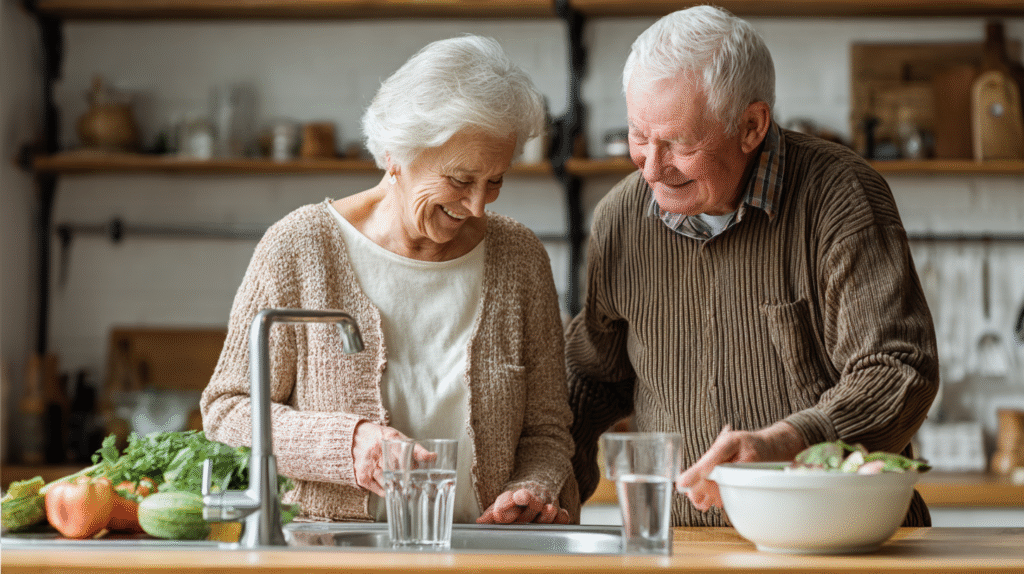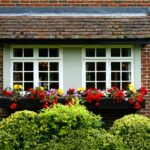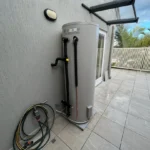Aging in place safely and comfortably requires thoughtful home modifications tailored to the unique needs of seniors. As mobility and balance change, simple adjustments can significantly reduce fall risks, enhance accessibility, and promote independence. Whether planning or adapting a current home, this ultimate checklist covers essential installations and removals across key areas of the house to create a senior-friendly environment. This guide will help you ensure safety and comfort for you or your loved ones living independently.
Entrance and Exit Safety
- Install Ramps: Replace or supplement stairs with ramps at all entrances and exits. This helps seniors who use walkers, canes, or wheelchairs enter and leave the home safely.
- Widen Doorways and Eliminate Thresholds: Remove or reduce door thresholds to prevent tripping, and widen doorways to at least 32-36 inches to accommodate mobility aids.
- Add Handrails: Secure handrails on both sides of any remaining steps or stairs for support.
- Improve Lighting: Add motion-activated or automatic outdoor lighting near entrances to illuminate walkways clearly at night.
- Clear Clutter: Keep entryways free from debris, shoes, or storage items that can create hazards.
Bathroom Modifications
- Install Grab Bars: Secure grab bars near the toilet, inside and outside the shower, and near the bathtub to aid sitting, standing, and balancing.
- Use Non-Slip Mats and Flooring: Place textured, non-slip mats in wet areas like showers and tubs to minimize slipping.
- Elevated Toilet Seat: Add a raised toilet seat to reduce the strain on knees and hips during sitting and standing.
- Walk-In Shower or Tub Options: Consider a walk-in shower or bath for easy access without climbing over high edges. Notably, this simple walk-in tub conversion kit can turn a traditional bathtub into a safer walk-in tub with minimal renovation, allowing seniors to enter without stepping over a high wall.
- Shower Chair and Handheld Showerhead: Adding a sturdy shower chair and a handheld showerhead offers safer, more comfortable bathing options.
Flooring and Walkways
- Remove Loose Rugs and Mats: Eliminate throw rugs or unsecured mats that can cause tripping or slipping.
- Install Non-Slip Flooring: Use vinyl, rubber, or textured tile flooring that provides grip and reduces fall risk.
- Maintain Clear Paths: Arrange furniture to create broad, obstacle-free walkways (at least 36 inches wide).
Stair Modifications
- Install Stair Lifts or Platform Lifts: For multi-level homes, consider chair lifts or platform lifts to safely access upper floors.
- Add Anti-Slip Stair Treads: Apply non-slip tape or carpet runners to reduce slipping on stairs.
- Use Handrails on Both Sides: Ensure sturdy handrails are present on both sides of staircases for added stability.
Kitchen Adjustments
- Lower Countertops and Cabinets: Adjust heights to fit sitting or standing seniors to reduce bending or reaching.
- Pull-Out Shelves and Drawers: These ensure easy access to kitchen essentials without the need to kneel or stretch deeply.
- Lever-Style Faucet Handles: Easier to operate than twist knobs for seniors with arthritis or reduced hand strength.
- Good Lighting: Bright, task-focused lighting helps seniors see clearly while cooking or preparing food.
Living Areas and Bedrooms
- Choose Stable, Comfortable Seating: Chairs with armrests help seniors stand up more easily and reduce fall risk.
- Remove Trip Hazards: Secure or remove loose cables, cords, and clutter near seating and walking areas.
- Use Night Lights: Place night lights in bedrooms and hallways to facilitate safe movement during nighttime.
Emergency and Safety Features
- Install Medical Alert Systems: Wearable devices with fall detection and emergency buttons provide quick access to help.
- Improve Smoke and Carbon Monoxide Detectors: Ensure detectors are installed in every major room and are working properly.
- Add Easy-to-Reach Phones or Communication Devices: Consider voice-activated or hands-free phones for emergencies.
Additional Helpful Modifications
- Furniture with Rounded Edges: Rounded edges reduce injury risks during bumps or falls.
- Smart Home Technology: Voice-controlled systems for lighting, temperature, and security improve convenience and accessibility.
- Bed Height Adjustments: Beds should allow easy getting in and out without excessive bending or climbing.
- Accessible Storage: Install lower shelves or pull-down racks in closets and storage areas.
Why Consider a Tub Conversion Kit?
Bathrooms are often the most dangerous places for seniors, but upgrading them doesn’t require complete remodeling. A walk-in tub conversion kit like the one from Quick Tub offers a smart, economical solution. This kit modifies an existing bathtub to add a safe door and lower threshold, transforming it into a walk-in tub that prevents falls and makes bathing easier for those with mobility challenges. Such modifications maintain dignity and independence while significantly reducing risk.
By following this comprehensive checklist, you can create a safe and comfortable home designed for seniors to live independently and confidently. Focus on removing hazards and installing supportive features prioritized in the bathroom, entrances, and commonly used living areas. With simple, effective modifications like grab bars, non-slip surfaces, improved lighting, and accessible fixtures—including options like walk-in tub conversion kits—you can transform any home into a senior-friendly sanctuary.
Preparing early and customizing adjustments to individual needs will maximize safety, boost well-being, and provide peace of mind for seniors and their families alike. Start implementing these solutions today to enable aging in place with greater ease and security.






